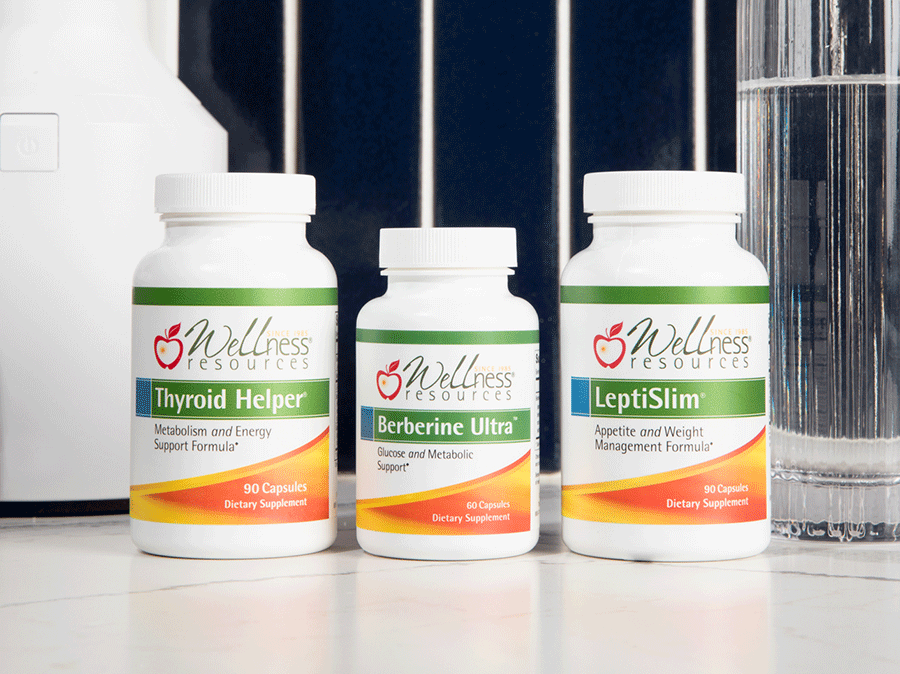HEALTH NEWS
Study Title:
Brain Bioavailability of Grape Seed Polyphenols
Study Abstract
The present study explored the bioavailability and brain deposition of a grape seed polyphenolic extract (GSPE) previously found to attenuate cognitive deterioration in a mouse model of Alzheimer's disease (AD). Plasma pharmacokinetic response of major GSPE phenolic components was measured following intragastric gavage of 50, 100, and 150 mg GSPE per kg body weight. Liquid chromatography-mass spectrometry (LC-MS) analysis identified gallic acid (GA), catechin (C), and epicatechin (EC) in plasma of rats gavaged acutely with GSPE. Additionally, 4-methylgallic acid (4-OMeGA), 3'-methylcatechin (3'-OMeC), and 3'-methylepicatechin (3'-OMeEC) were identified as circulating metabolites of GSPE phenolic constituents. C_{max} for individual GSPE constituents and their metabolites increased in a dose-dependent fashion (with increasing GSPE oral dose). Repeated daily exposure to GSPE was found to significantly increase bioavailability (defined as plasma AUC_{0-8h}) of GA, C, and EC by 198, 253, and 282% relative to animals receiving only a single acute GSPE dose. EC and C were not detectable in brain tissues of rats receiving a single GSPE dose but reached levels of 290.7 ± 45.9 and 576.7 ± 227.7 pg/g in brain tissues from rats administered GSPE for 10 days. This study suggests that brain deposition of GA, C, and EC is affected by repeated dosing of GSPE.
From press release:
The polyphenols found in red wine are thought to help prevent Alzheimer's disease, and new research from Purdue University and Mount Sinai School of Medicine has shown that some of those compounds in fact reach the brain.
Mario Ferruzzi, a Purdue associate professor of food science; Connie Weaver, Purdue's head of foods and nutrition; and Elsa Janle, a Purdue associate professor of foods and nutrition, found that the amount of polyphenols from grapeseed extract that can reach a rat's brain is as much as 200 percent higher on the 10th consecutive day of feeding as compared to the first. Many previous experiments, in which absorption was measured after single or sporadic doses, often found very little, if any, of the bioactive polyphenols reaching brain tissues. However, more chronic exposure appears to improve absorption.
"This shows that reasonable and chronic consumption of these products may be the way to go, rather than single, high doses, similar to drugs," said Ferruzzi, who collaborated on the research with Mount Sinai's Dr. Giulio Pasinetti. "It's like eating an apple a day, not a case of apples over two days every month."
A paper detailing the findings was published in the early online version of the September issue of the Journal of Alzheimer's Disease.
Polyphenols, compounds found in the skins and seeds of grapes, are thought to prevent the formation of beta-amyloid protein, which creates the plaque in the brain that causes Alzheimer's disease. Alzheimer's is a progressive brain disease that destroys memory and cognitive skills and affects as many as 4.5 million Americans, according to the National Institute on Aging.
Pasinetti, the Aidekman Family Professor in Neurology and director of the Center of Excellence for Novel Approaches to Neurotherapeutics, said discovering how polyphenols are absorbed and distributed to the brain can impact researchers' understanding of the amount of grape products or red wine a person would need to consume to most effectively combat Alzheimer's disease.
"The most important thing is that when we follow the repetitive administration of this compound, we were able to observe the transfer of the compound to the brain," Pasinetti said. "This may help us figure out the proper concentration necessary to get these chemicals to the brain."
Ferruzzi said the study dealt with polyphenols, but also could be important for determining proper doses of other compounds or drugs for patients. Testing of a pharmaceutical, for example, could show that the drug is too potent when given repetitively; whereas that might not be apparent if the drug is administered on non-consecutive days or weeks.
"It could become important in terms of side effects," Ferruzzi said. "You could be overdosing because the body is adapting and absorbing or metabolizing these compounds differently over time."
Pasinetti is the principal investigator for the Center of Excellence for Research and Complementary and Alternative Medicine in Alzheimer's Disease grant from the National Institutes of Health that funded the work. Ferruzzi said further studies will focus on the mechanisms that control absorption of compounds during chronic consumption.
Study Information
1.Mario G. Ferruzzi, Jessica K. Lobo, Elsa M. Janle, Naomi Whittaker, Bruce Cooper, James E. Simon, Qing-Li Wu, Cara Welch, Lap Ho, Connie Weaver and Giulio M. Pasinetti.Bioavailability of Gallic Acid and Catechins from Grape Seed Polyphenol Extract is Improved by Repeated Dosing in Rate: Implications for Treatment in Alzheimer's Disease
Journal of Alzheimer's Disease
2009 September
Department of Food Science, Purdue University, West Lafayette, IN, USA.

